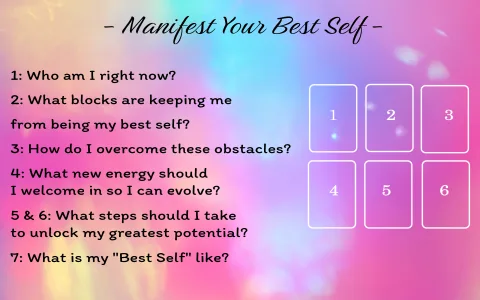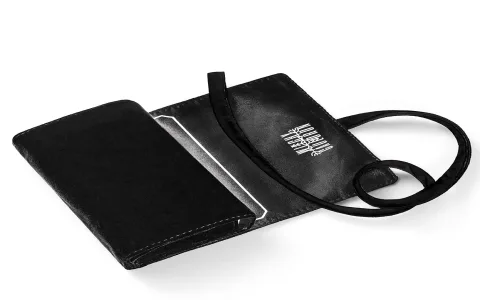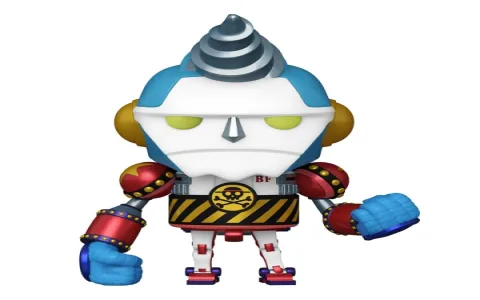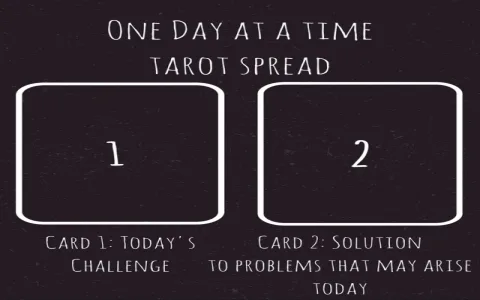Man, let me tell you about the Aleph Tarot deck. When I first grabbed this thing, I wasn’t thinking about deep Kabbalah mastery or occult history. I just saw the artwork—clean, powerful, different. I was tired of the RWS clone decks. I figured, “Time to step up my game.”
I ripped open the package and the sheer weight of the guidebook immediately slapped me in the face. It wasn’t just a pamphlet; it was a dense textbook. I sat down, determined to master the material. I started reading about the Paths on the Tree of Life, the three Mother Letters, the seven Double Letters, and the twelve Single Letters. I tried to connect the Hebrew alphabet pronunciation with the imagery.
Within three nights, my brain was mush. I felt like I was back in college studying for a chemistry final I didn’t care about. I kept pushing, thinking I had to memorize every single connection before I could even shuffle the deck. That’s where most people, including the old me, fail. We get caught up in the academic side and we completely forget the actual practice.
I hit a total wall. I shoved the deck into a drawer and didn’t look at it for about six weeks. Why? Because my life suddenly got complicated. I had to take over a massive, failing project at work that demanded 14 hours a day, six days a week. I was barely sleeping, surviving on coffee and anxiety. I needed clarity, but I didn’t have the two hours required just to study the letter ‘Tav’ before asking a simple question.
It reminded me of that horrible time I tried to learn woodworking properly, years back. I bought every expensive Japanese hand tool and read 20 different books on grain patterns and joint strength. I spent $5,000 before I even cut my first piece of lumber. Then my neighbor, Joe, who made beautiful custom furniture just using a cheap circular saw and a pocket jig, told me to stop reading and start cutting. He said, “Just build the damn box first, then figure out why it works.”
That memory was the trigger. I pulled out the Aleph deck again. I decided to stop reading the giant book and just start “cutting.” I developed a super easy start system—three tips that cut through all the esoteric nonsense and got me reading immediately.
Simplifying the Aleph Start: The Three Must-Do Steps
The key here is that you don’t need to know the whole damn Tree of Life right now. You just need to connect to the card’s energy immediately.
Tip 1: Ditch the Book and Focus on the Letter Shape.
I put away the thick guide. Instead, I took out an index card for each Major Arcana. The Aleph Tarot is driven by the Hebrew letters, right? So, I focused on what that specific letter looks like. Look at the shape of ‘Mem’ (The Hanged Man). It looks like water—fluid, moving. I linked that visual shape to the concept of flow and sacrifice. Look at ‘Gimel’ (The High Priestess). It looks like a camel carrying a load, symbolizing transition and hidden reserves. I ignored the traditional RWS meanings and just went with the raw energy the letter shape suggested to my gut. I wrote down those gut feelings.
Tip 2: Practice Single Card Draws with “Instant Action” Questions.
Forget the Celtic Cross. That spread demands too much context. I started every morning by asking a very direct, action-oriented question: “What should I focus on or avoid today?” I drew one card. I looked up the core single-word meaning I had assigned to the Hebrew letter on my flashcard (from Tip 1). If I drew ‘Resh’ (The Sun), which I linked to ‘Head/Leadership,’ I knew I needed to step up and take charge that day. If I drew ‘Ayin’ (The Devil), which I linked to ‘Eye/Experience,’ I knew I needed to watch out for traps or learn something hard. I journaled this instant read every day.
Tip 3: Stop Overthinking the Minors.
This is where Aleph gets tough. The Minors are connected to the Sephiroth, and that’s a deep rabbit hole. For the easy start, I treated the Minors like basic math. I used the standard suit energy (Wands=Fire/Action, Cups=Water/Emotion, etc.) and combined it with the number energy. A Ten of Swords? Ten means completion/end, Swords means thought/conflict. I called it ‘End of Thought Conflict’—simple. I didn’t bother with the complex attribution names. I just combined the number and suit. This kept the speed up and cut out the hesitation.
By implementing these three simple steps, I forced myself to stop researching and start trusting my intuition immediately, guided only by the very basic structure of the deck itself—the Hebrew letters and the numbers. I went from feeling overwhelmed and paralyzed by knowledge to getting actionable reads in under five minutes.
If you’ve bought the Aleph deck and it’s gathering dust because the complexity scared you off, just do what I did. Dump the textbooks, grab some index cards, and focus only on the shape of those letters. You can always go back and read up on the occult history later, once you’ve actually built your simple framework first.
Trust me, start easy. The depth will come when your brain isn’t frying itself trying to memorize ancient lore before your first shuffle.





